Thessaloniki gets ready for its metro launch in November
The underground rapid transit lines have been under construction for almost two decades due to various project delays
 TheMayor.EU logo
TheMayor.EU logo 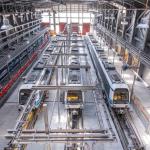
The underground rapid transit lines have been under construction for almost two decades due to various project delays

The cross pinnacle on the Tower of Jesus Christ will be ready to receive visitors in 2026 on the centennial of Gaudi’s death

Now you can get your wine in Talence by paying directly in Bitcoin

That’s because the state has to spend money on updating the railway infrastructure rather than subsidizing the cost of the popular pass

Steffen Romstöck said that he would respect the residents’ choice and would take over the helm of the municipality, even if he didn’t run
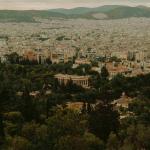
The measure, which will come into force from 1 January 2025, will be partial and temporary…for now

Rethinking renewable energy sources for the urban landscape

But operating them is still illegal under the country’s legislation

The examples, compiled by Beyond Fossil Fuels, can inform and inspire communities and entrepreneurs that still feel trepidation at the prospect of energy transition

Now you can get your wine in Talence by paying directly in Bitcoin

Rethinking renewable energy sources for the urban landscape

The examples, compiled by Beyond Fossil Fuels, can inform and inspire communities and entrepreneurs that still feel trepidation at the prospect of energy transition

The underground rapid transit lines have been under construction for almost two decades due to various project delays

Plus, it has a unique modular design that allows it to be shortened and lengthened like a train

At least, that’s the promise made by the mayor of Paris, Anne Hidalgo
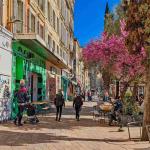
Despite its church-y name, the district has long been known as the hangout spot for the artsy crowds

At least, that’s the promise made by the mayor of Paris, Anne Hidalgo
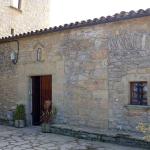
Hostal de Pinós is located in the geographical centre of the autonomous region

On the eve of the new academic year, the ranking considers several distinct but essential factors
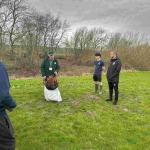

Following a successful trial phase, these quiet areas will now be available on all main routes in the country

The academic institution shows a deeper understanding of the well-being of its students











The territory of Nicosia has been continuously inhabited since the Bronze Age when people settled in to work the fertile land of the area. Nicosia later became a city-state, one of the twelve kingdoms of Cyprus formed after the Trojan War. Today, in the southeastern part of the city, remains of this period can still be seen. Later, Nicosia was a subject of many invasions and therefore put under many influences, evidence of which can be seen today. Some of the most significant ones are the Ottoman influence from 1570 and the British from 1878. The city of Nicosia was declared capital of the Republic of Cyprus in 1960, consisting of both Greek and Turkish Cypriots.
Nicosia, the capital of Cyprus, is the southernmost capital of the European Union. The population of the Greek part of city is 55 014. The capital is divided into 29 regions, according to the latest statistics from 2011.
All of the political institutions of Cyprus are located in Nicosia. The city is also the financial, economic and educational center of the country. Much of the global financial and technology companies have their Cypriot headquarters in Nicosia. In 2011, Nicosia became the tenth richest city in the world ranked by purchasing power.

Nicosia has been a continuously inhabited town for 4,500 years. In the 10th century it became the capital of Cyprus. The rich history of the country and the city itself make them an extremely popular tourist destination. The oldest and largest archaeological museum in Cyprus is located in Nicosia. Artifacts from the history of the country, covering over 4,500 years, are exhibited in the museum. Over 800 paintings by Cypriot, Greek and European artists can be seen in the Leventis Gallery. The capital also offers a wide range of cultural events, often organized by the municipality. They are held in buildings such as the National Theater of Cyprus as well as numerous other scenes and halls.
Address: Eleftheria Square, P.O Box 21015, 1500
Working hours: 07:45am – 03:45pm Monday – Friday